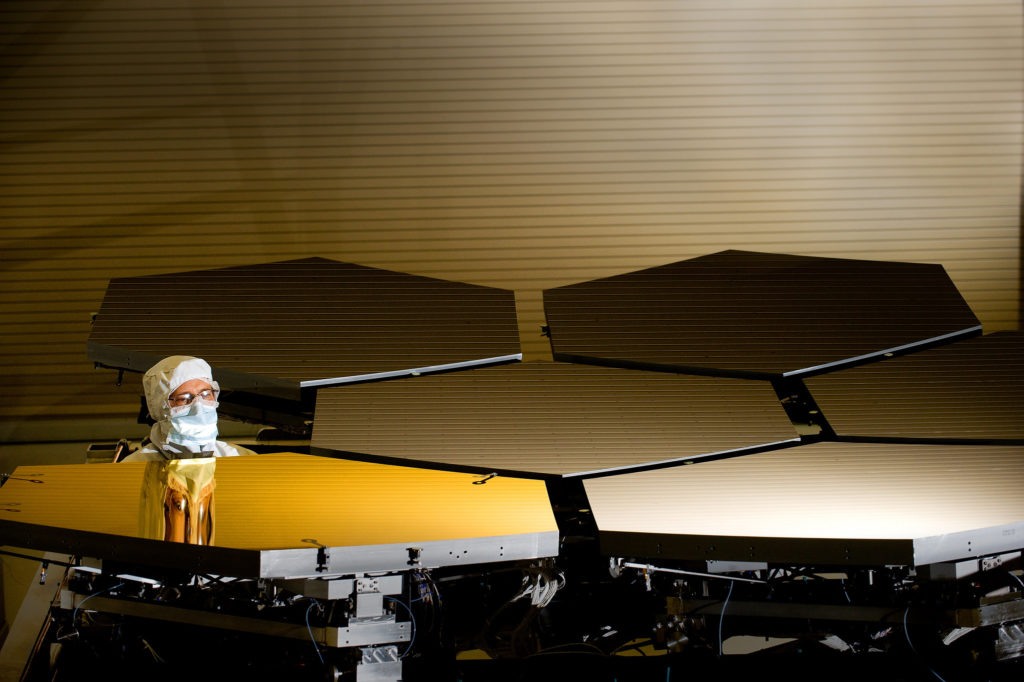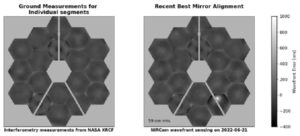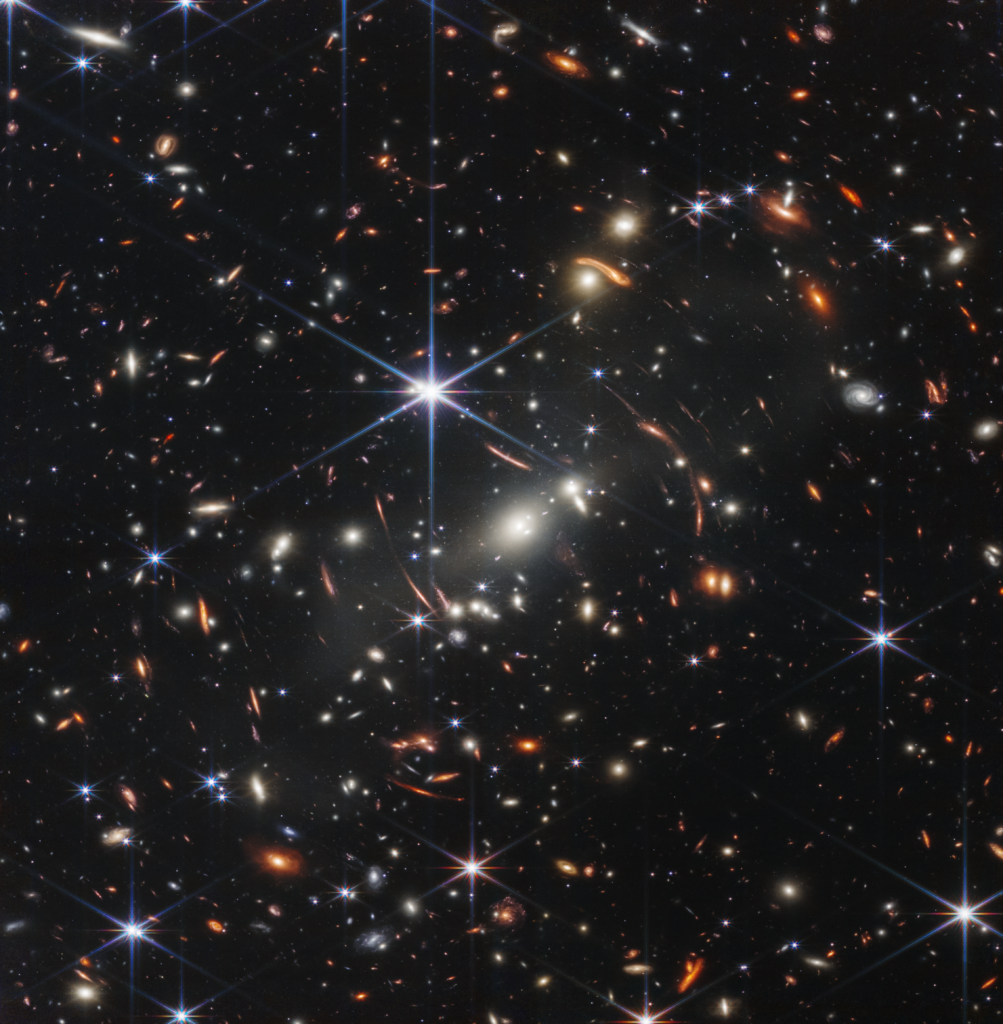
The James Webb Space Telescope has encountered larger than expected damage due to a collision in space; NASA says a micrometeoroid is to blame. The James Webb Space Telescope, known as JWST for short, was lifted into space atop a rocket that was launched from Kourou, French Guiana Christmas Day 2021. Earlier this month, the world got a Christmas gift of sorts back from the telescope, with stunning first images snapped by the device shared with the public. A new study analyzing the performance of the space telescope uncovered damage to a mirror segment that was much larger than initially expected. JWST’s primary mirror consists of 18 hexagonal mirror segments made of gold-plated beryllium, which combine to create a 6.5-meter-diameter (21 feet) mirror. The unique construction was built to improve upon the success of the Hubble Telescope, which has a 2.4 meter (7 feet 10 inches) mirror. The difference in design gives JWST a light-collecting area of about 25 square meters, about six times that of Hubble. Unlike Hubble, which observes in the near ultraviolet, visible, and near infrared spectrum, JWST observes in a lower frequency range, from long-wavelength visible light through mid-infrared .
However, the greater surface area of the JWST also makes it that much more vulnerable to be hit by debris in space.
“We always knew that Webb would have to weather the space environment, which includes harsh ultraviolet light and charged particles from the Sun, cosmic rays from exotic sources in the galaxy, and occasional strikes by micrometeoroids within our solar system,” said Paul Geithner, technical deputy project manager at NASA’s Goddard Space Flight Center in Greenbelt, Maryland. “We designed and built Webb with performance margin – optical, thermal, electrical, mechanical – to ensure it can perform its ambitious science mission even after many years in space.”

However, during a window of time stretching from May 23 to May 25, it appears a larger-than-expected micrometeoroid impacted JSWT. Specifically, the micrometeoroid impacted the C3 segment. Well before JWST was even built, engineers had expected the spacecraft to be hit about once a month by micrometeoroids of negligible mass. According to NASA, in the time since it entered orbit, 5 micrometeoroids hit, creating “negligible effects; 19 additional impacts occurred, creating no detectable impact to the spacecraft. But the one impact in late May did create an unexpectedly significant impact.
Micrometeoroids are very small pieces of rock or metal broken off from larger chunks of rock and debris; much of the debris in space dates back to the birth of the Solar System. Micrometeoroids are much smaller than meteoroids; most are under 1 gram. Because of their size and mass, micrometeoroids have less stable orbits than meteoroids.
“With Webb’s mirrors exposed to space, we expected that occasional micrometeoroid impacts would gracefully degrade telescope performance over time,” said Lee Feinberg, Webb optical telescope element manager at NASA Goddard. “Since launch, we have had four smaller measurable micrometeoroid strikes that were consistent with expectations and this one more recently that is larger than our degradation predictions assumed. We will use this flight data to update our analysis of performance over time and also develop operational approaches to assure we maximize the imaging performance of Webb to the best extent possible for many years to come.”
Computer modelers are re-examining data to better model out potential impacts to space debris for JWTS. If the spacecraft is now much more vulnerable to debris than initially thought, program managers may need to take action with the spacecraft to protect it from future debris or clouds of debris. NASA is considering options to prevent further damage, such as pointing the spacecraft in certain directions to minimize the chances of impact, for example, by facing the mirror away from the direction of travel. Understanding this now is important: JWST is expected to pass through a debris field associated with Halley’s Comet in May 2023 and again in May 2024. Understanding what needs to be done to protect the spacecraft now will help reduce the threat of damage in the future.
